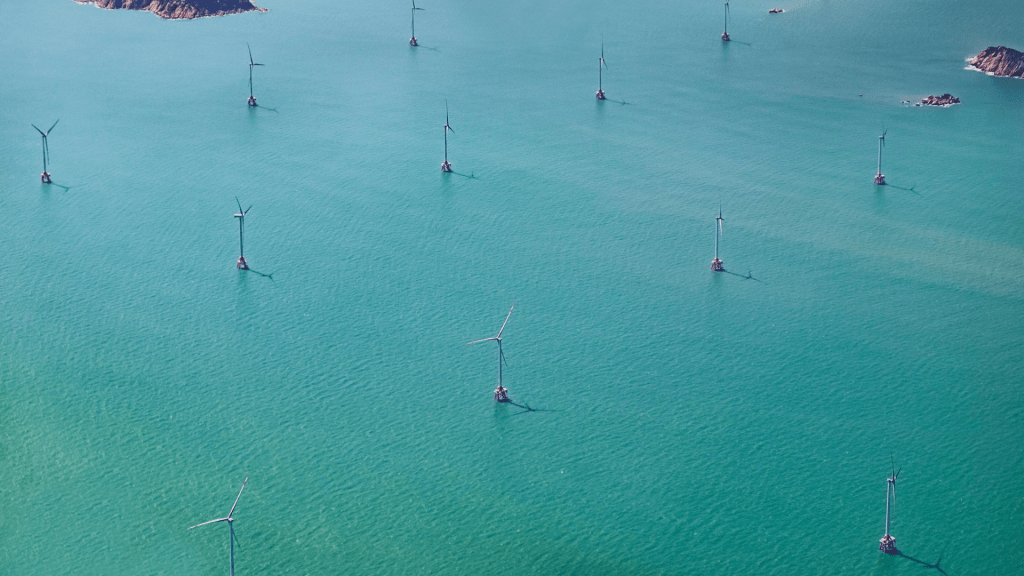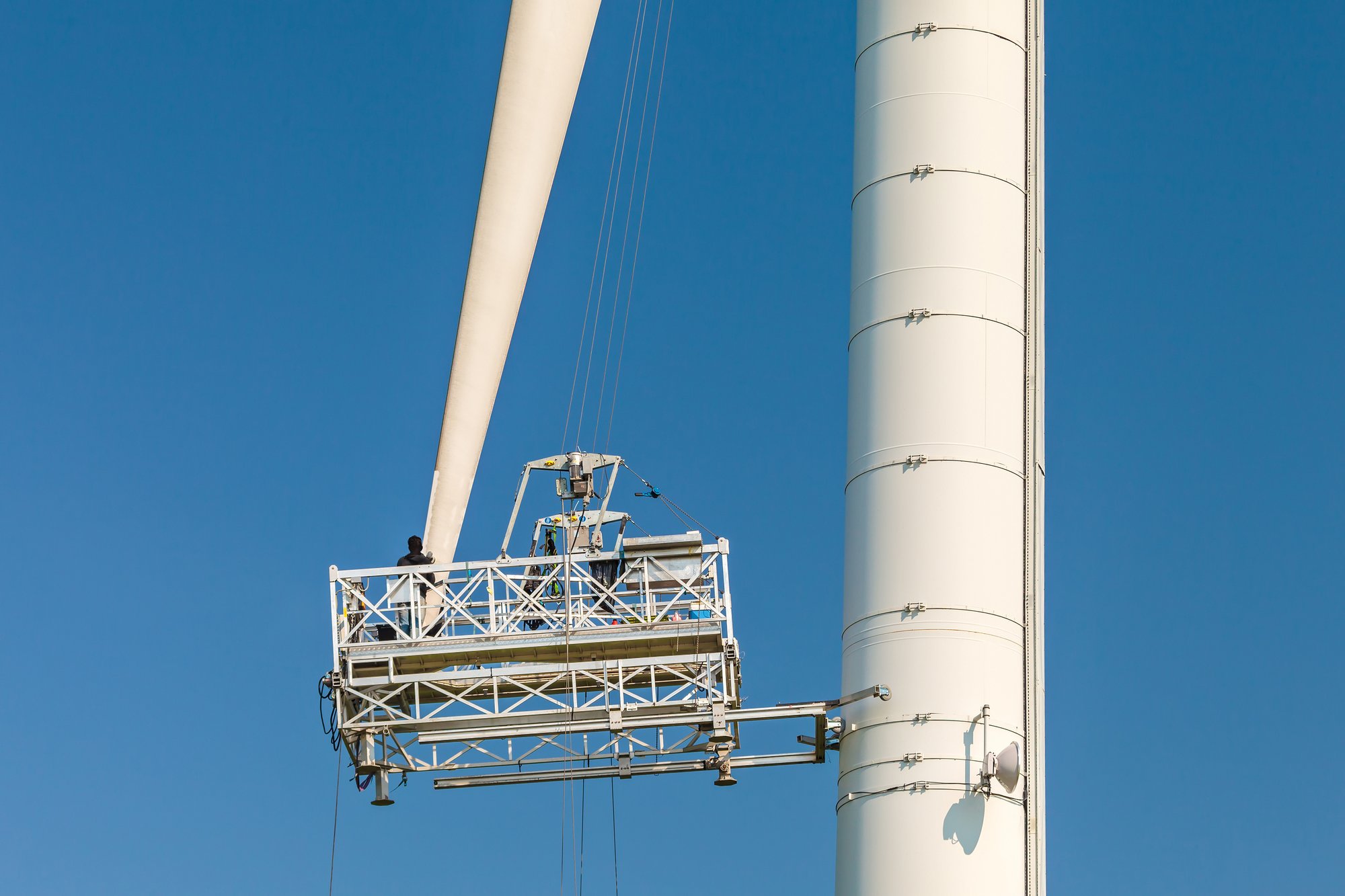Financing offshore Wind in APAC:
Assessing the cost competitiveness of Offshore Wind

Offshore Wind Cost Drivers
Offshore wind is a cornerstone of the global energy transition, but building it at scale remains a capital-intensive undertaking, particularly in emerging markets.
As economies in the Asia-Pacific (APAC) region move to triple renewable capacity by 2030 and achieve net-zero emissions by 2050, reducing the cost of offshore wind will be essential.
This finance-focused GWEC paper explores the key factors influencing the levelised cost of electricity (LCOE) for offshore wind projects across APAC, drawing comparisons with mature markets like the UK, Germany and China.
It assesses how macroeconomic conditions, regulatory frameworks, market maturity and technological innovation shape the economics of offshore wind. It also outlines what governments and investors can do to unlock cost reductions.

Key Findings
- Key findings reveal that LCOE tends to decline sharply after the first 2 to 3 GW of installed capacity, as supply chains develop, policy clarity improves and project financing becomes more affordable. The experience of mature markets shows that with the right conditions, offshore wind can rapidly become cost-competitive.
- Already, governments across the region—including South Korea, Japan, Vietnam and the Philippines—are implementing policies to accelerate market development and de-risk early projects.
- Despite recent economic headwinds such as rising interest rates, inflation and supply chain disruptions, the outlook for offshore wind remains positive.
- Stabilising macroeconomic trends and increasingly supportive policies, such as Japan’s Climate Transition Bond Framework and South Korea’s “One Stop Shop” bill, are setting the stage for a new wave of cost-effective offshore wind in Asia.
Contacts

Media Inquiries
Diana Sumanan
Communications Manager, APAC
-
diana.sumanan@gwec.net
